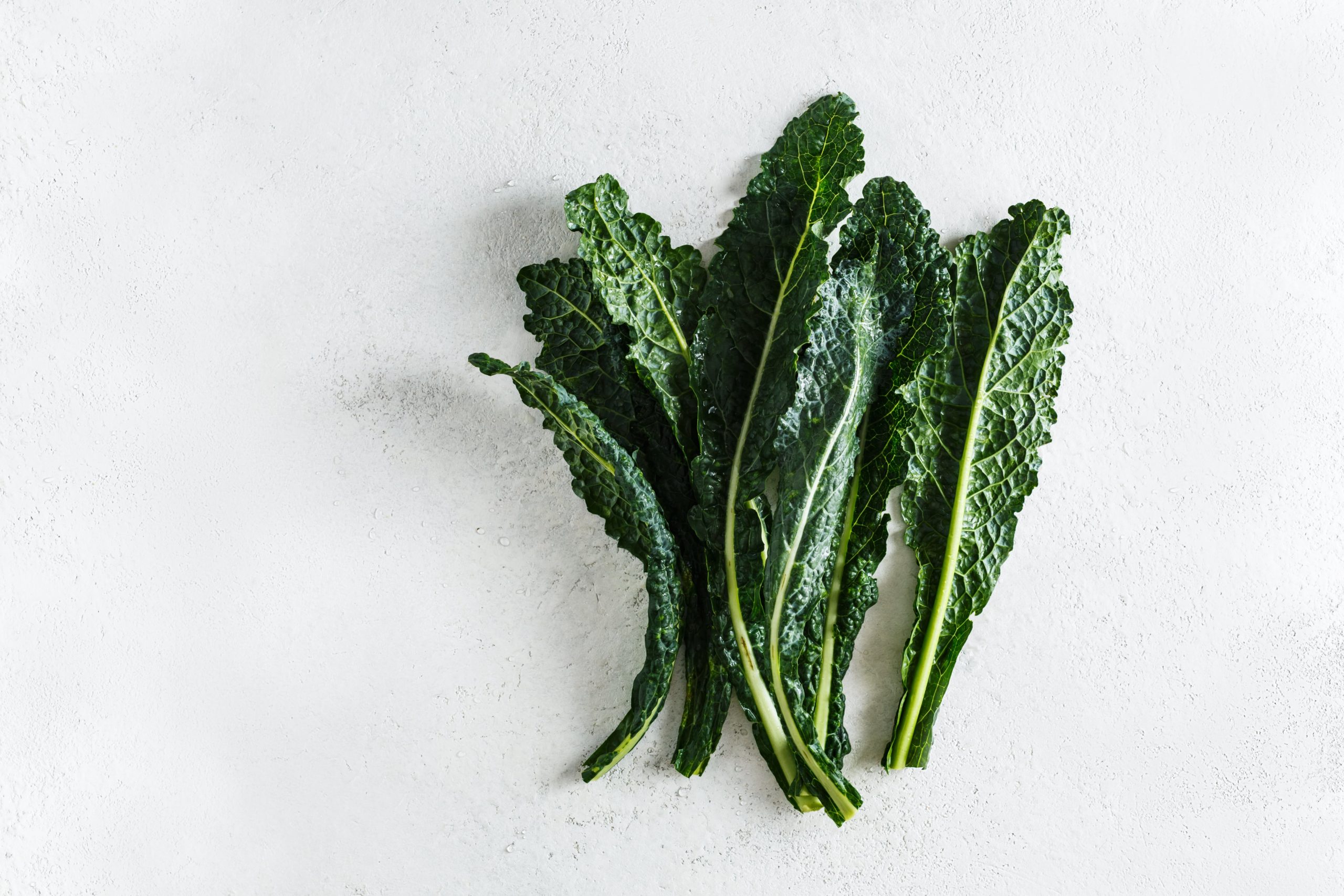Last updated on November 7th, 2021 at 02:17 pm
Kale has gained so much popularity over the years, and has been dupped a health superfood, but have you ever wondered about the dark side of kale? In my experience, most of the popular dietary fads have a dark side, so if you see everyone doing something – question everything – research, and make informed choices and decisions.
Kale is a nutrient-rich vegetable, filled with beneficial micronutrients, but it is not the best idea to eat these hearty, and leafy greens raw on a continuous basis.
This leafy green falls under the goitrogenic family, meaning that when consumed raw on a daily basis it has the ability to inhibit the uptake of iodine by the thyroid. This means that it will lower thyroid hormone production. Unfortunately, if it is eaten in extreme excess these chemicals can also inhibit the incorporation of iodine into the thyroid hormone – sadly this process can not be reversed (even with iodine supplements.)
Iodine is one of the most important nutrients that the body relies on for thyroid health and cellular health in general. Therefore the continuous eating of raw goitrogenic vegetables (particularly kale) can cause imbalances within the body and cause all sorts of uncomfortable symptoms.
 Raw kale also contains a high percentage of oxalic acid. This compound binds with minerals such as calcium and magnesium causing them to crystalize in the body. These little crystals can cause major inflammation in the body, damage tissues, and can cause kidney stones. For this reason, it is probably best to avoid a daily dose of any uncooked kale (and other goitrogenic vegetables.)
Raw kale also contains a high percentage of oxalic acid. This compound binds with minerals such as calcium and magnesium causing them to crystalize in the body. These little crystals can cause major inflammation in the body, damage tissues, and can cause kidney stones. For this reason, it is probably best to avoid a daily dose of any uncooked kale (and other goitrogenic vegetables.)
So the solution?
A simple and effective way to decrease the goitrogenic properties in kale is to simply cook it.
Here is a list of other goitrogenic vegetables, that are better cooked than raw.
♦ cabbage
♦ broccoli
♦ cauliflower
♦ collard greens
♦ turnip
♦ mustard greens
♦ bok choy
♦ spinach
It is also a great idea to eat these vegetables (cooked) and with a big dose of animal fats to help with the assimilation of nutrients.
Disclaimer: This article is not intended to provide medical advice, diagnosis, or treatment.




+ view comments